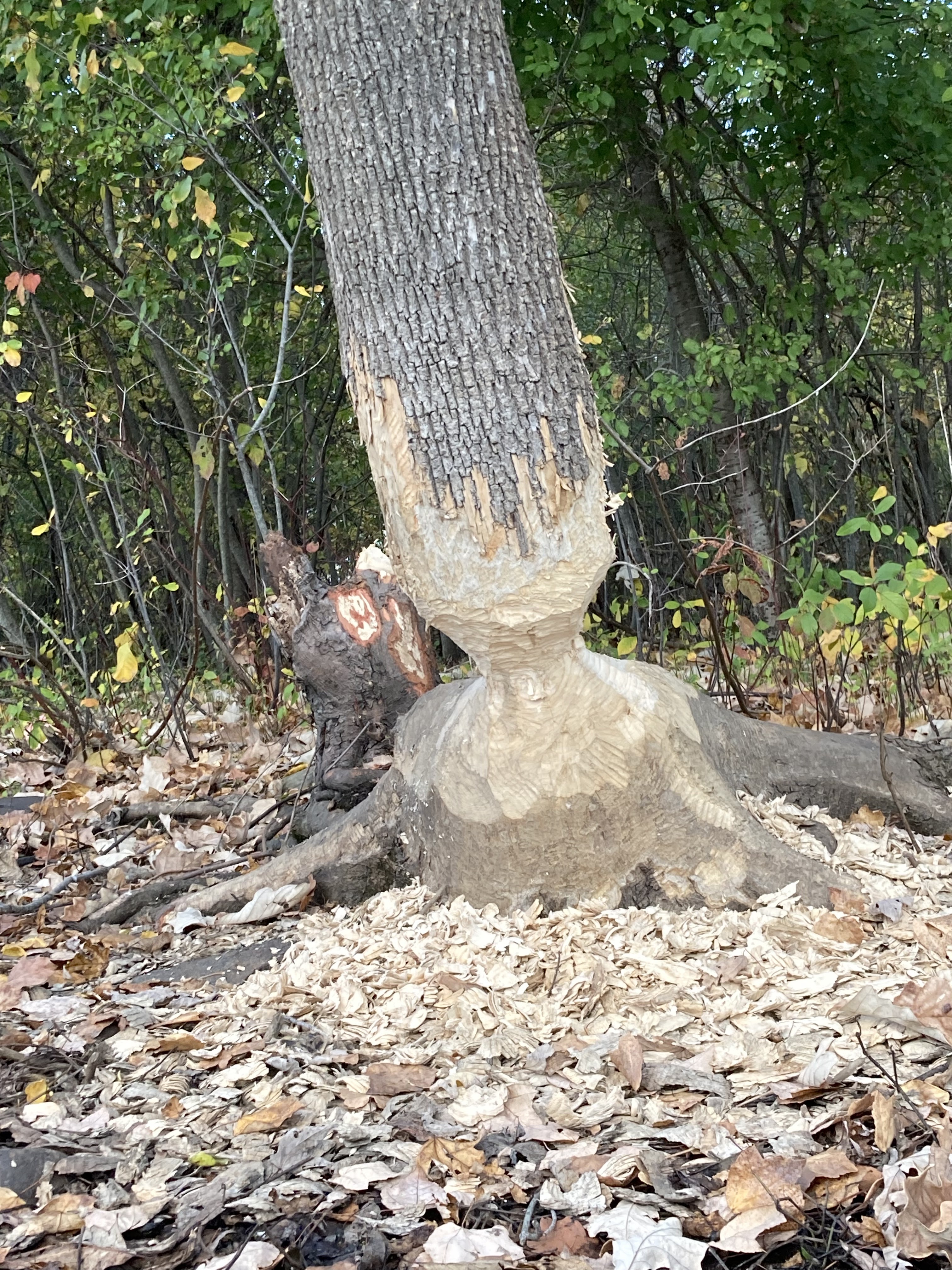By Richard B. Primack
“Your success will be in proportion to your devotion to ideas.” Henry David Thoreau in his Correspondence.
Several weeks ago, we had a blog post about an article of ours describing the state of wildlife health in the U.S. using newly-digitized wildlife rehabilitation center data. This past week, two popular articles about this research were published:
1. In the BU Brink, an article appeared entitled:
“New Study Identifies Greatest Threat to Wildlife across North America & Canada.”
 |
| Photo 1: A new patient at the Northern Colorado Wildlife Center —a snow goose from Timnath, Colorado. These incredible birds are known for one of the longest migrations in the avian world. |
2. A second article written by Tara and me was published in the online magazine The Conversation entitled:
“Digitized records from wildlife centers show the most common ways that humans harm wild animals.”
Video 1: A story about how the Wildlife Rehabilitation Center of Minnesota helps save animals.
These articles appeared because we pitched story ideas to the publishers, wrote the article for The Conversation, and wrote a press release for the BU Brink.
If you want to reach a wider audience with your research, you often have to reach out to the media and do a lot of the writing. But it’s worth the effort!







